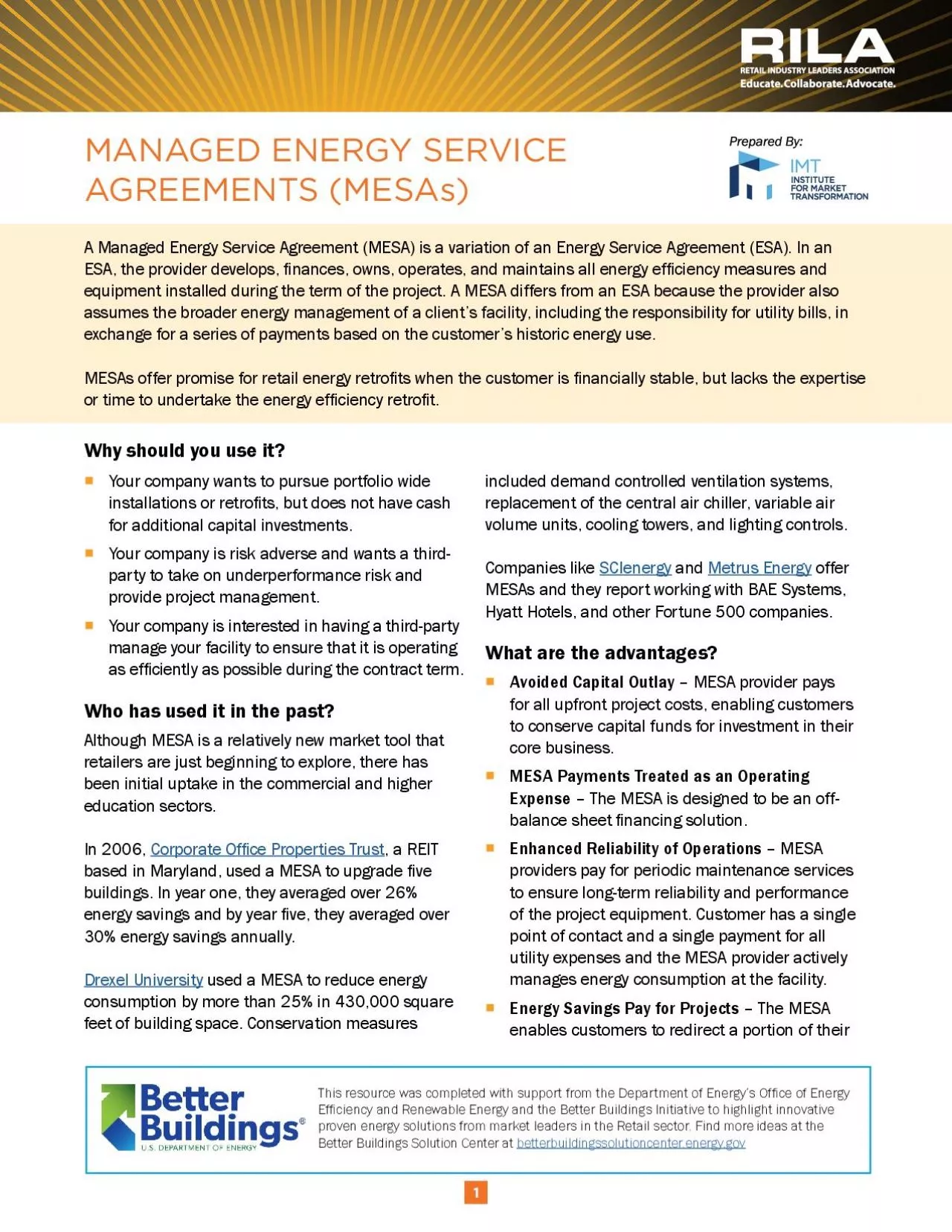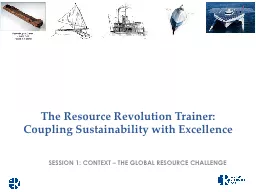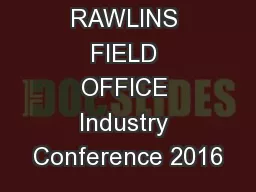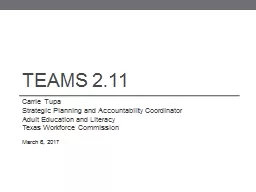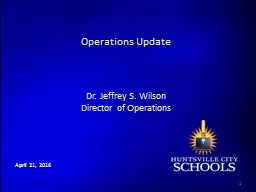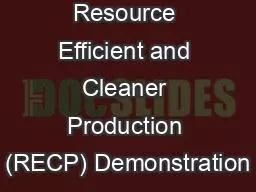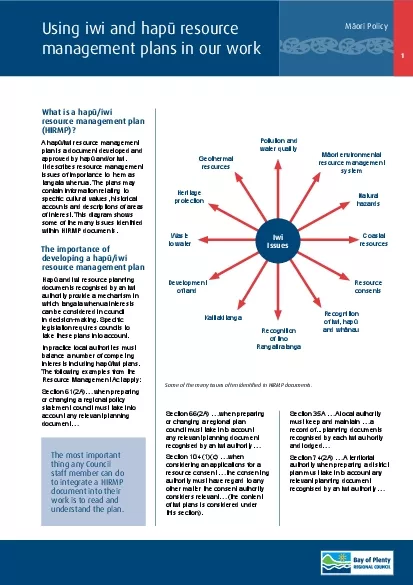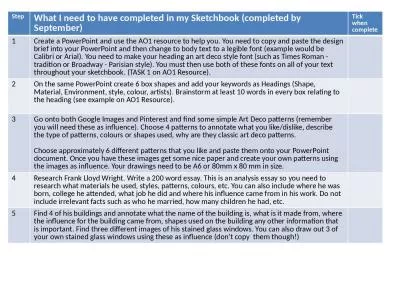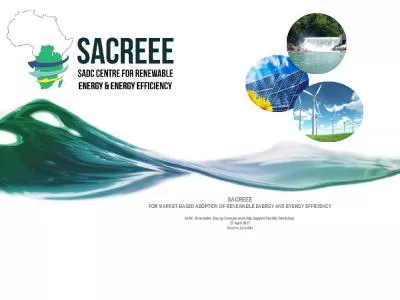PDF-This resource was completed with support from the Department of Energy
Author : alyssa | Published Date : 2021-08-14
MANAGED ENERGY SERVICEAGREEMENTS MESAWhy should you use itYour company wants to pursue portfolio wide installations or retrox00660069ts but does not have cash for
Presentation Embed Code
Download Presentation
Download Presentation The PPT/PDF document "This resource was completed with support..." is the property of its rightful owner. Permission is granted to download and print the materials on this website for personal, non-commercial use only, and to display it on your personal computer provided you do not modify the materials and that you retain all copyright notices contained in the materials. By downloading content from our website, you accept the terms of this agreement.
This resource was completed with support from the Department of Energy: Transcript
Download Rules Of Document
"This resource was completed with support from the Department of Energy"The content belongs to its owner. You may download and print it for personal use, without modification, and keep all copyright notices. By downloading, you agree to these terms.
Related Documents

